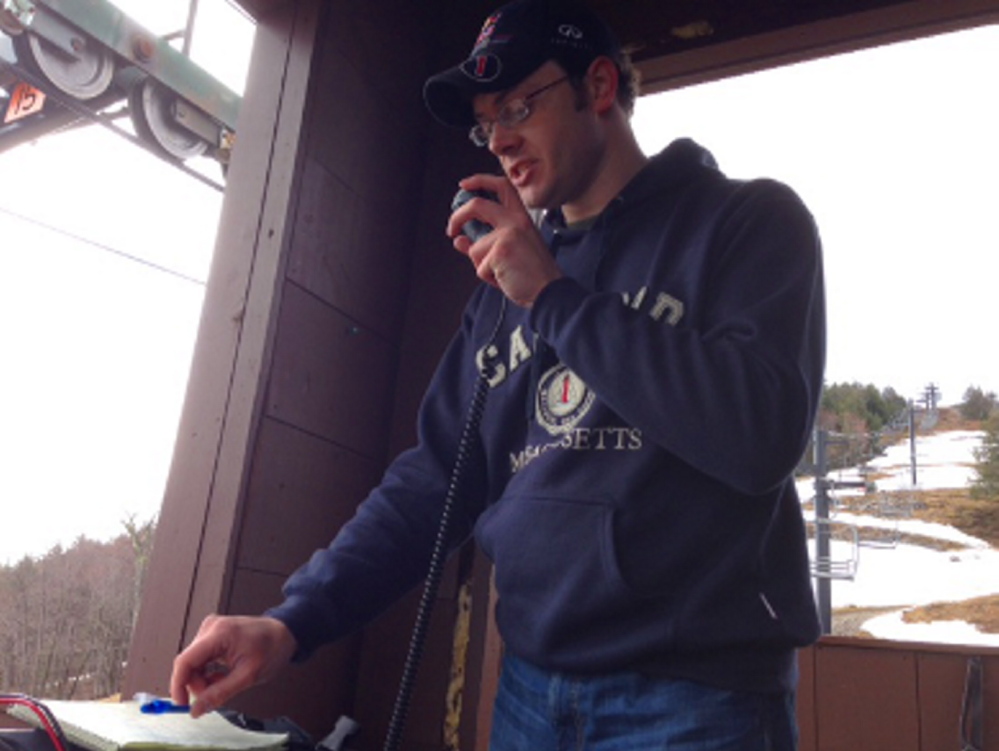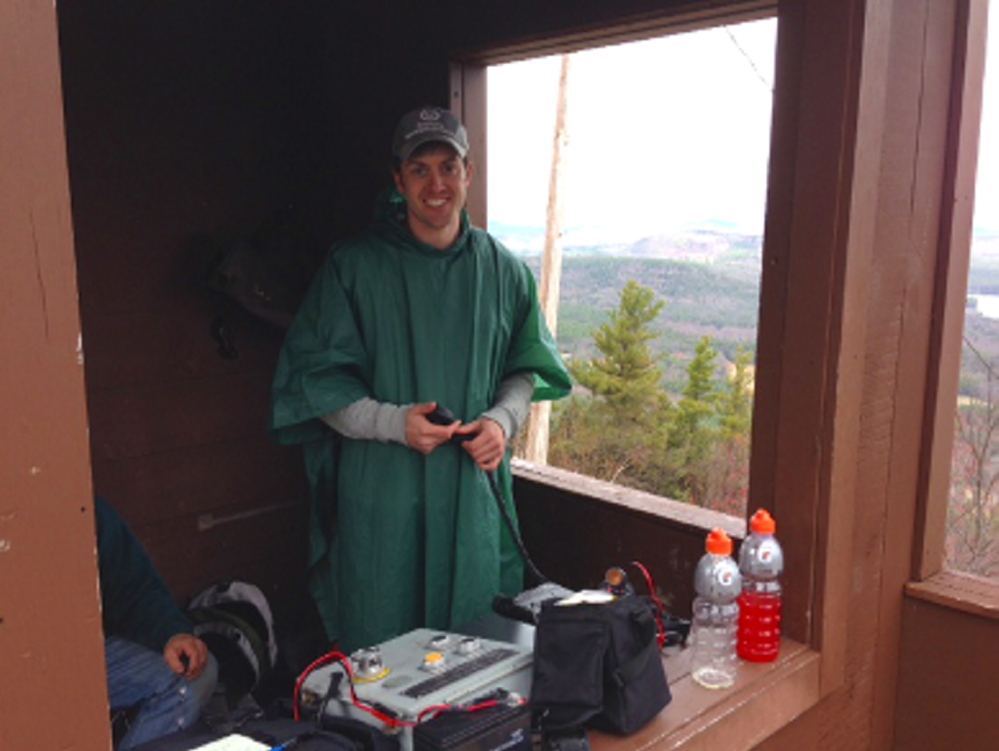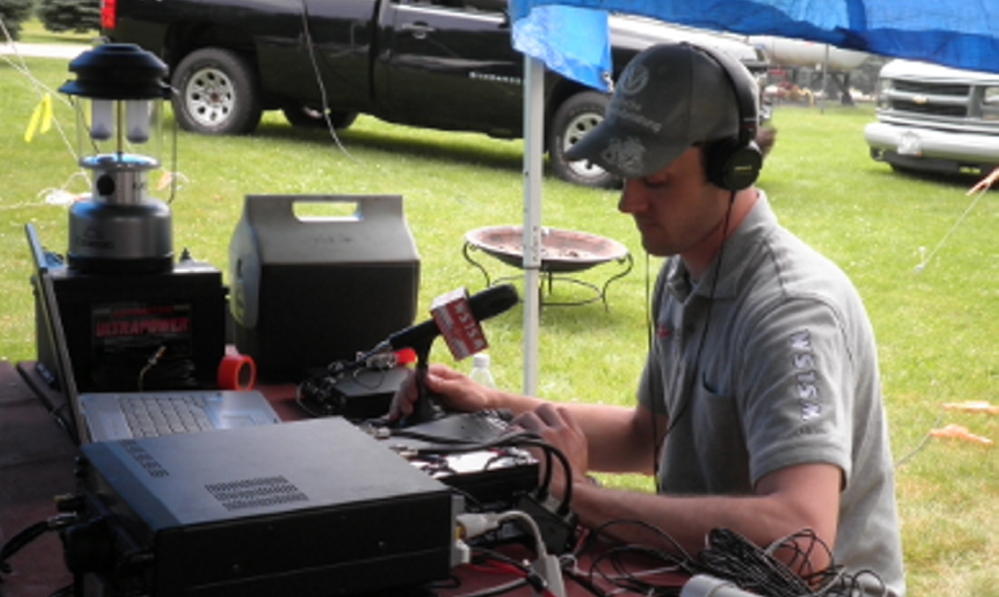The Wireless Society of Southern Maine, an amateur radio club that meets in Gorham and Scarborough, will hold its annual Field Day on Saturday at the Wassamki Springs Campground at 56 Saco St., Scarborough.
Ham radio enthusiasts will arrive at the site at noon to pitch their tents and set up a base of communications for the 24-hour event.
In addition to offering an outdoor, overnight adventure for the kid inside them all, a main goal of the event is to test ham radio operators’ proficiency for relaying and receiving radio communications with other operators around the world.
Hundreds of participating club members across the United States and Canada will man their radio systems in around-the-clock shifts, to see which team can make the most connections with others, from 2 p.m. Saturday to 2 p.m. Sunday .
First held in 1933 as a way to encourage emergency communication and field readiness in a fun way, Field Day is the single largest emergency preparedness exercise held in the United States and is the most popular amateur radio event of the year.
During the event, participants will try to meet specific goals as outlined by the American Radio Relay League. The goals include handling and delivering messages and making contact with other amateurs through modes like voice, telegraphy and digital technology.
According to Tim Watson, a 32-year-old ham radio operator from Gorham, in addition to providing a fun time, the event offers ham radio operators valuable hands-on training for every level of proficiency.
“There will be hundreds of ham operators participating from around the country,” said Watson. “This is part emergency preparedness exercise and part contest to improve our communication skills while getting other people out there and on the air. The entire operation will be set up exclusively on emergency power sources like batteries, generators or solar energy – methods that would be used in a catastrophic event.”
In fact, ham radio operation plays an important role in emergency preparedness and response, such as when severe weather or other catastrophic events strike, causing massive power outages that also disrupt communication. In such instances, ham radio operators serve as a valuable communication resource that assists emergency workers to coordinate health and welfare management in the affected area.
“That comes in pretty handy when the power is out for hundreds of miles,” said Watson, who, along with his twin brother, Thom Watson, has been tinkering with ham radios for about 12 years.
Ham radio enthusiasts enjoy both the camaraderie the hobby affords for all ages, and the way it appeals to a wide variety of interests, from design to technology.
The Wireless Society has about 70 members, ranging from age 10 to 91, said Watson. “Gil Bineau, our oldest member, is a war veteran who has used radio equipment since the early part of 20th century and has a vast knowledge to share. Gil could show you how to build a radio transmitter from scratch. That’s pretty cool. And our younger members bring a whole new level of technology know-how to the table that takes communication to the next level, digitally and beyond.”
In fact, many of the sessions are about sharing and problem-solving to realize projects.
Right now, the team is trying to build a high-altitude balloon that is capable of carrying a transmitter beacon. For that project to be successful, the team must create something that is lightweight yet able to withstand variables in altitude and temperature while transporting the payload.
The group officially meets once a month at Wassamki Springs Campground during summer months and at the Gorham Recreation Department the rest of the year.
Many members also meet weekly at other locales to participate in off-site projects. They could be meeting for coffee and a brainstorming session about a current project, or taking a day hike to the summit of a mountain to set up communications equipment and attempting to set distance records and see how many contacts they can make. Each member has his own radio base station at home, some of which comprise large, vintage equipment from bygone eras, others that are small, portable units that offer all of the bells and whistles in a system that one could carry in a backpack and power with a 12-volt battery.
Ham radio enthusiasts and people who are curious about the pastime are invited to drop by the Field Day site to see what it’s all about and, perhaps, try their hand at it.
“It’s going to be wall-to-wall sound – with people on the air constantly, trying to connect with other stations at specific regions around the country,” said Watson. “We gain points for handling traffic, which is making contact and exchanging information.” For more details, go to www.mainehamradio.com.
Send questions/comments to the editors.




